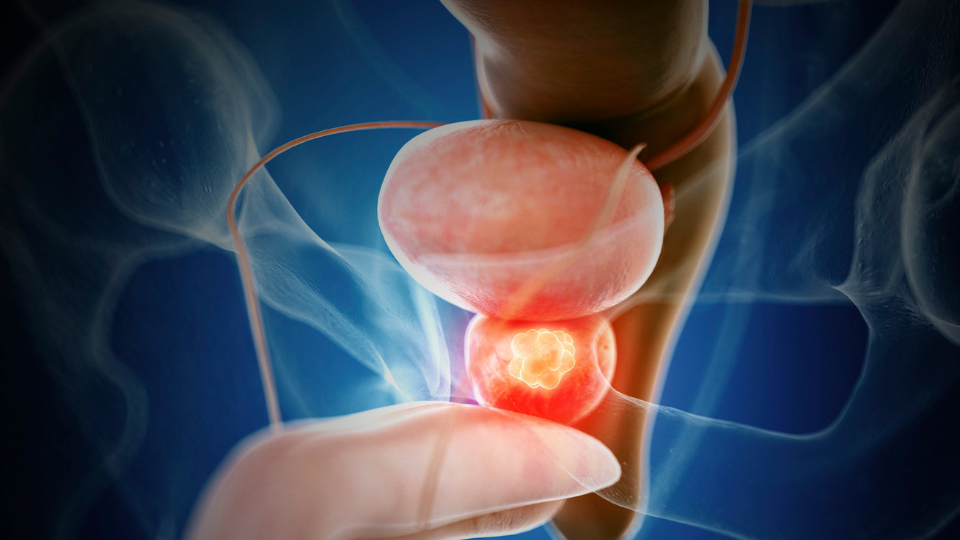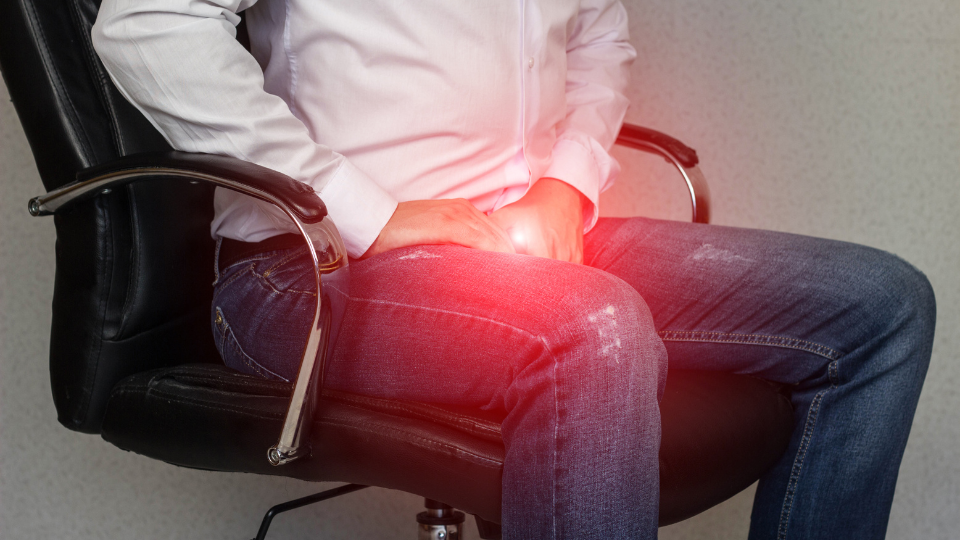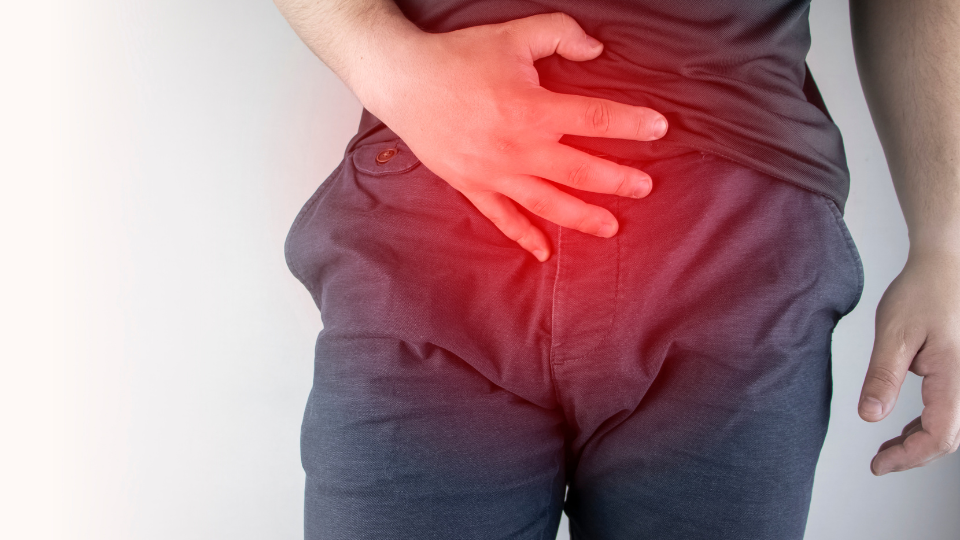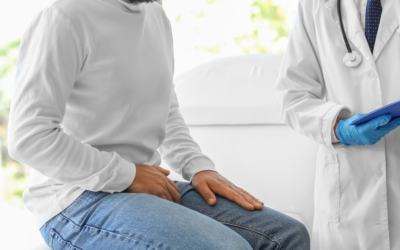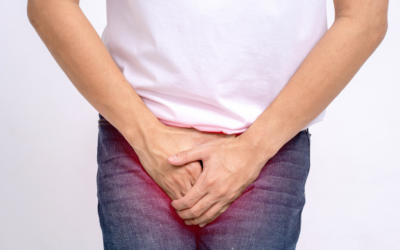Prostatitis is a medical condition characterized by inflammation of the prostate gland, leading to painful and uncomfortable urinary symptoms. But if you suffer from prostatitis, you know that it can also cause pain and discomfort in other areas, like your lower back or pelvic region. One area in particular—sitting down—can be especially challenging for those with prostatitis. In today’s blog post, we’ll discuss what causes this irritation when sitting and share tips on how to manage the pain so that you can keep going about your day-to-day activities comfortably. Keep on reading to learn more!
As a general rule, prostatitis can make sitting uncomfortable due to prostate gland inflammation causing pelvic pain. Four types exist: acute bacterial, chronic bacterial, chronic pelvic pain syndrome (CPPS), and asymptomatic inflammatory prostatitis. Consult a healthcare professional for diagnosis and treatment.
Let me help you navigate the most effective strategies for combating back pain. My extensive background in chiropractic and ergonomics, spanning over 30 years, has enabled me to develop an expertise in posture. My achievements include a published book, national television features, and the creation of multiple products designed to enhance comfort and posture while sitting. Furthermore, my latest venture, an ergonomic seat cushion project, was successfully funded through Kickstarter. Trust in my expertise as I share valuable tips that could reduce or even eradicate your back pain.
I’ve written a complete hands-on review about the Best Seat Cushion for Prostate Relief and here are some of the issues that I ran into!
Prostatitis can make it uncomfortable to sit for some individuals. Prostatitis is a condition where the prostate gland becomes inflamed, which can result in a range of symptoms, including pain and discomfort in the pelvic region. This discomfort can be felt in the perineum (area between the scrotum and anus), lower back, and genital area, making it uncomfortable to sit for extended periods.
There are four types of prostatitis:
- Acute bacterial prostatitis: This is a rare and severe form of prostatitis caused by a bacterial infection. Symptoms can be sudden and severe, including pain, fever, and chills. Sitting may be particularly uncomfortable in this case.
- Chronic bacterial prostatitis: This is a recurrent bacterial infection that causes inflammation and discomfort over a longer period. Sitting for extended periods may exacerbate discomfort.
- Chronic pelvic pain syndrome (CPPS): Also known as chronic nonbacterial prostatitis, this is the most common form of prostatitis. The exact cause is unknown, but it can result in persistent pain in the pelvic area that may be aggravated by sitting.
- Asymptomatic inflammatory prostatitis: In this type, inflammation is present without any noticeable symptoms. It’s usually discovered accidentally during medical examinations for other conditions.
If you experience discomfort or pain when sitting, it is essential to consult a healthcare professional for proper diagnosis and treatment. Treatment options for prostatitis may include antibiotics, anti-inflammatory medications, pain relievers, and other therapies depending on the type and severity of the condition.
All Day Comfort & Support
How to Relieve Prostate Pressure: Pelvic Floor Exercises for Prostatitis Symptoms in Men’s Health
To relieve prostate pressure, you can practice pelvic floor exercises that help strengthen the muscles around the inflamed or swollen prostate gland. Kegel exercises are particularly helpful in reducing prostatitis symptoms, making urination less difficult and painful. Start by locating your pelvic floor muscles, which you can identify by stopping your urine flow midstream. Once you’ve found these muscles, contract them for 3-5 seconds, then relax for the same amount of time. Aim to perform 10-15 repetitions, three times a day.
How I Cured My Bacterial Prostatitis: Journey to Better Prostate Gland Health
Treating bacterial prostatitis typically involves a course of antibiotics prescribed by a healthcare professional. It’s important to complete the full course, even if symptoms improve before the medication is finished. In addition to antibiotics, taking over-the-counter pain relievers, using heating pads on the pelvic area, and practicing relaxation techniques can help alleviate symptoms and promote better prostate health. Physical therapy can also be beneficial for managing chronic pain and improving urinary tract function.
How Does Prostate Pain Feel Like: Symptoms and Experiences of Prostatitis Sufferers
Prostate pain can manifest in various ways, often making urination difficult and very painful. Some common symptoms of prostatitis include pain or discomfort in the pelvic region, lower back, or genitals, painful ejaculation, frequent urination, difficulty urinating, and a burning sensation during urination. The pain may be continuous or intermittent and can range from mild to severe. It’s important to consult a healthcare professional if you’re experiencing any of these symptoms, as they can be very painful and distressing.
Chronic Prostatitis/Chronic Pelvic Pain Syndrome: Understanding the Role of the Prostate Gland in Men’s Health
Chronic prostatitis/chronic pelvic pain syndrome (CP/CPPS) is a complex condition that affects the prostate gland and the surrounding pelvic area. The exact cause of CP/CPPS is not well understood, but it is thought to involve a combination of factors such as infections, inflammation, nerve damage, and muscle spasms. Treatment options may include medications, physical therapy, and lifestyle changes to manage pain and improve quality of life. Physical therapy, in particular, can help address issues related to the pelvic floor and chronic pain.
Can Prostatitis Be Caused by Not Ejaculating: Exploring the Link Between Ejaculation and Prostate Health
There is no definitive evidence to suggest that not ejaculating causes prostatitis. However, some studies have shown that regular ejaculation may help maintain prostate health by clearing the prostate gland of potential irritants and reducing the risk of inflammation. Benign prostatic hyperplasia (BPH) and prostatitis are both common issues that can affect men’s urinary tract health. It’s important to maintain a healthy lifestyle, which includes regular physical activity, a balanced diet, and good hygiene, to support overall prostate health. If you’re concerned about prostatitis or other prostate-related issues, consult a healthcare professional.
Seat Cushion for Prostate ComfortAxial Ergonomic Seat Cushion® | Seat Chair Wedge
Quick Guide: A 30-Second Summary
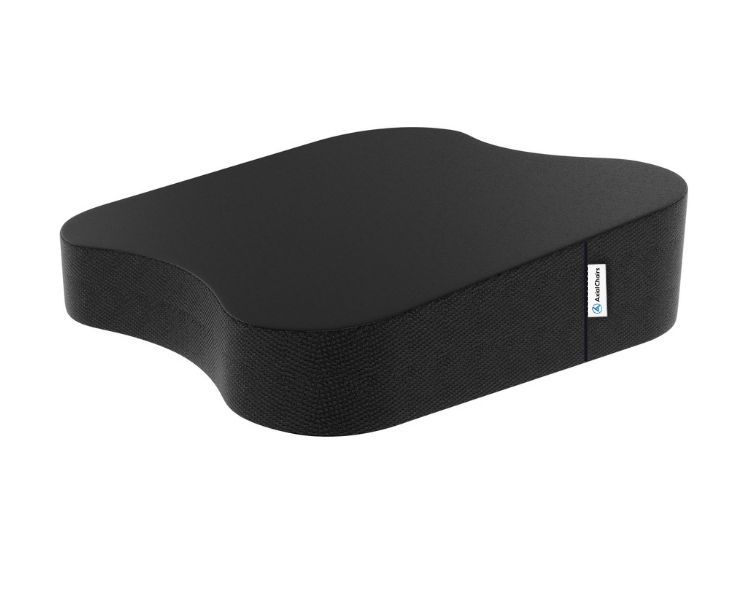
All Day Comfort & Support
Product Name
Axial Designs™ Seat Cushion
Price
$149
Warranty
1 Year
Type
Posture Wedge
Top Layer
100% Natural Latex (Molded)
Bottom Layer
High-Density Foam
Top Material
Isometric Grippy Vegan Leather
Bottom Material
Non-Slip Material
Side Material
3D Breathable Fabric
Conclusion
As we can see, prostatitis can indeed make it very uncomfortable for men to sit for extended periods of time. Although there are various treatments that may offer relief from the symptoms, it is best to consult with a doctor in order to accurately assess the situation and diagnose the cause. The underlying causes of prostatitis vary depending on the type, which makes pinpointing the underlying cause vital in treating it correctly. Above all else, proper diagnosis is key when it comes to resolving an issue like this one. Additionally, lifestyle modifications such as avoiding tight clothing and practicing good hygiene may bring some relief from its associated discomfort and pain. While not everyone who experiences discomfort while sitting has prostatitis, it is important to be aware of its potential root cause so you can seek appropriate medical help. With proper management and treatment, enjoying comfortable sitting sessions once again is most certainly achievable.

